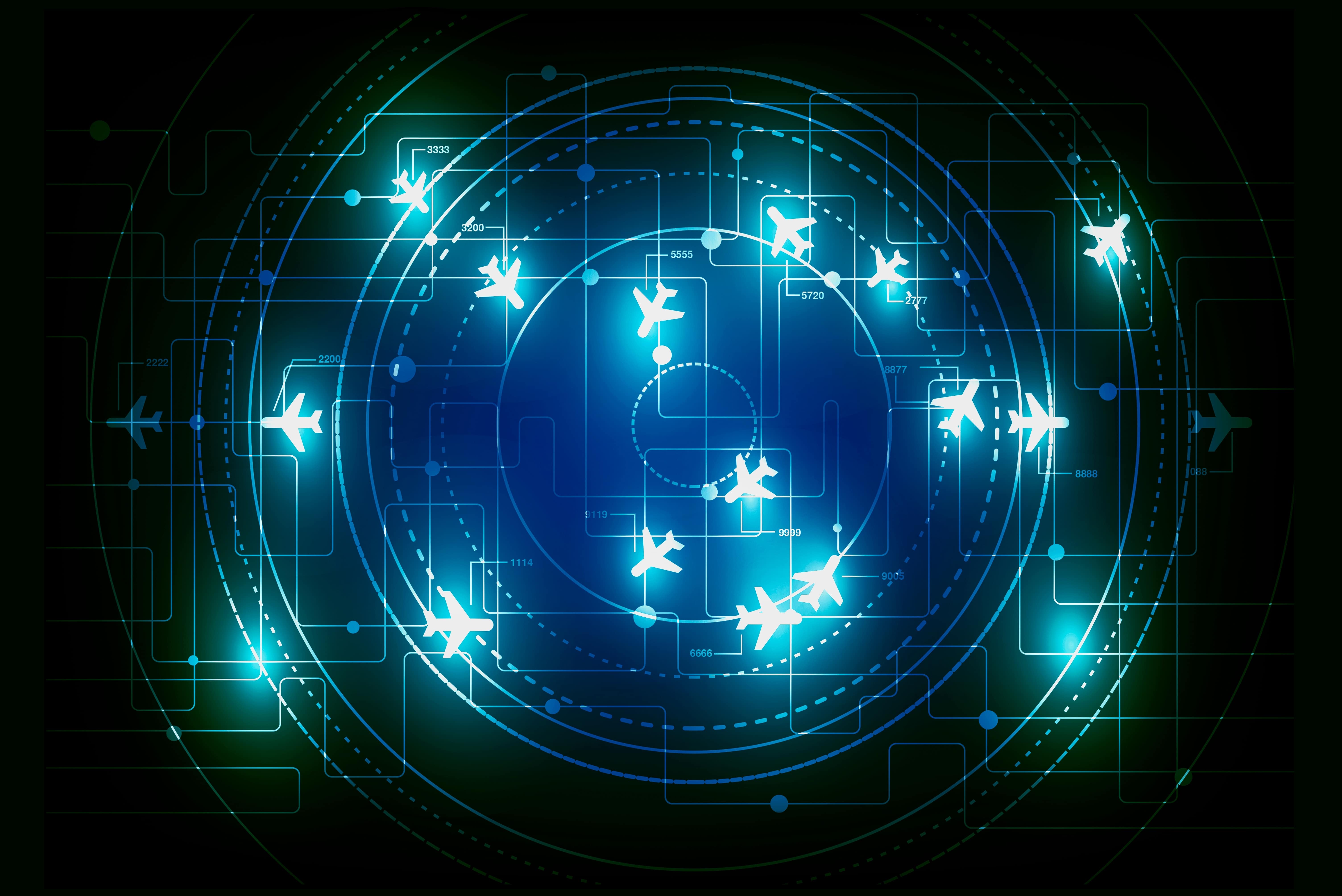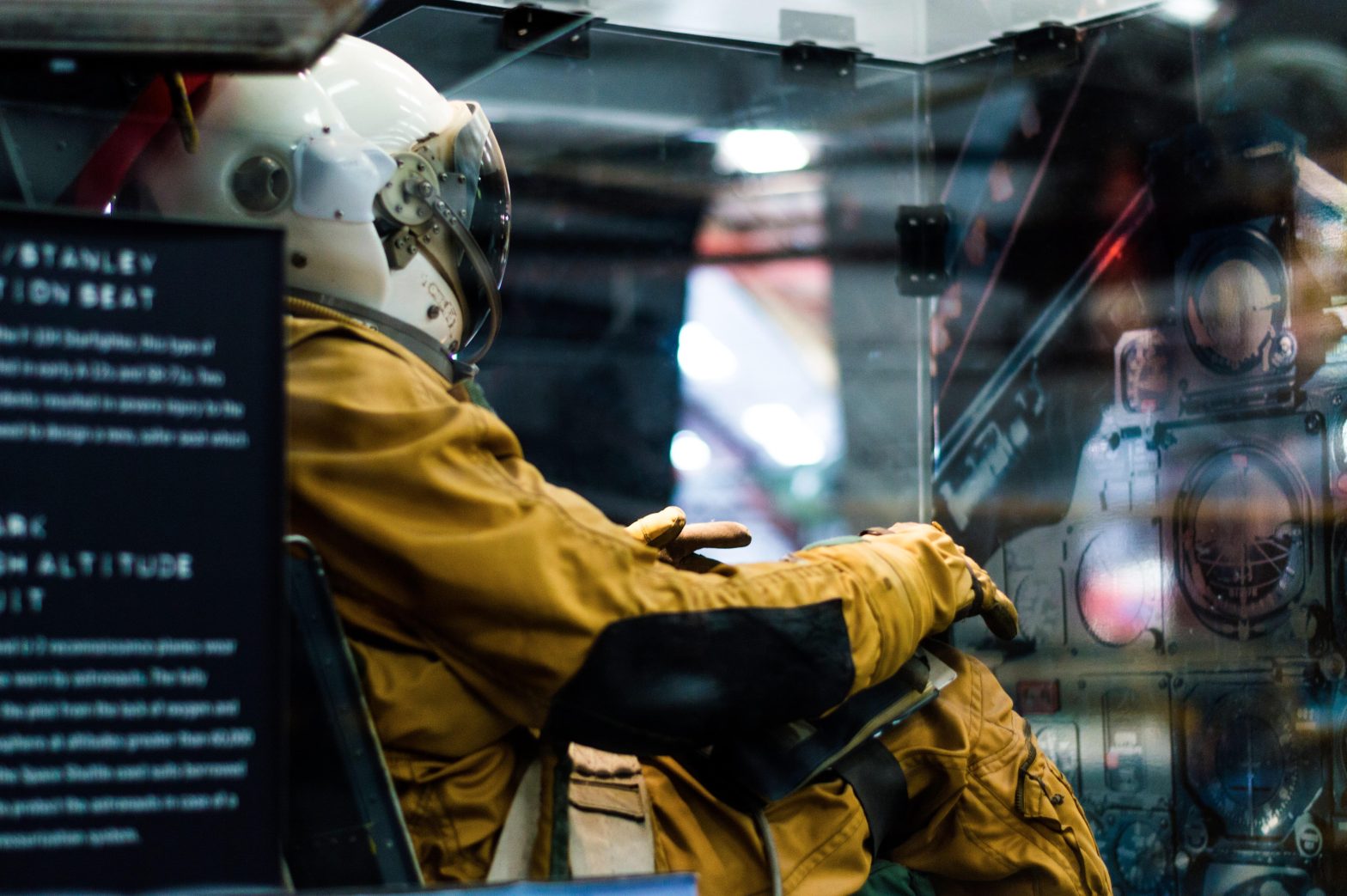
Quantum Leap: How Quantum Computing is Reshaping Aerospace and Defense
Quantum computing, once a theoretical realm, is rapidly evolving into a tangible force, poised to revolutionize industries from healthcare to finance. Its potential to transform aerospace and defense is particularly profound. By harnessing the power of quantum mechanics, researchers and engineers are on the precipice of breakthroughs that could redefine how we design aircraft, optimize logistics, and secure sensitive information.
4 minute read
•Aerospace and Defense






